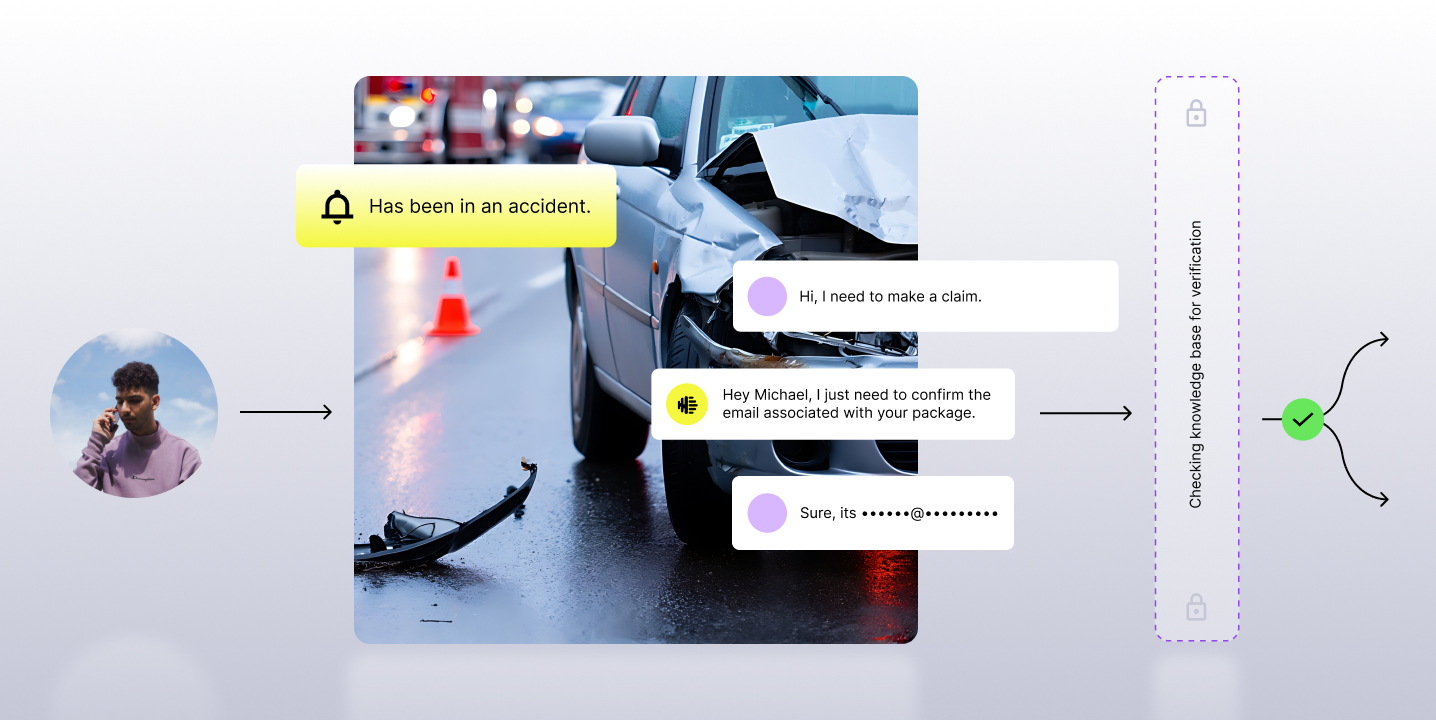Automated analysis of customer interactions, driven by the major strides in AI, has opened up a whole new world for understanding customer experience. It’s the key to understanding how your agents are performing across every identifiable KPI, from customer sentiment, to average handle time (AHT), to compliance.
Instead of a random selection of interactions, it’s analyzing 100% of interactions.
Instead of relying on assumptions, it’s utilizing data.
We’re seeing a shift of this moving from the exception to the norm. In fact, the 2021 Post-Pandemic Contact Center Report found that over half of contact centers today utilize a collection of technologies to gather insights on customer experiences.
Only 9% still use manual tools.
Why? Let’s look at the three most impactful use cases for agent analytics.
Identify customer frustrations and unmet needs

We like to think there’s a treasure trove of insights on every customer conversation. Arguably the most actionable findings on those conversations are what customers struggle with, and why.
66% of contact centers use agent analytics to better understand customer frustrations and unmet needs.
Therein lies the answer to what’s driving a negative customer experience.
- Is it a product issue? Is there feedback that can be passed onto your product team?
- Is it a service issue? Is there an outage, bug, or inefficiency you might not even know about?
- Is it an operational issue? Is there a specific thing that’s driving customer frustration and leading to an increase in supervisor escalations or loss of business?
- Is it a core business problem? Do you need to be offering something you’re not?
Provide custom-tailored training to agents

Everyone learns differently. But the old way of doing things didn’t account for that.
Agent performance programs were built around a one-size-fits-all approach. Coaching topics were chosen based on perceptions and anecdotes rather than raw data. It wasn’t anyone’s fault - they were making use of the technology and services they had available.
Enter agent analytics.
54% of contact centers use agent analytics to provide custom-tailored training to agents.
With a deep understanding of every agent’s performance on 100% of conversations, L&D teams can drive coaching programs that are more:
- Dynamic: Our curriculum is constantly evolving based on the market and our business insights.
- Rapid: Rather than waiting for our weekly training, let’s address this now.
- Collaborative: Let’s work together with our agents to determine the root cause
- Personalized for 1:1 or small groups: Let’s coach our agents in more personalized groups and tailor the sessions to what they need help with most.
Offer real-time analysis of conversations to trigger alerts to supervisors and assistance

Realtime is the newest game-changer to contact center AI. In a nutshell, it’s the ability to support agents live during their conversations, feeding them relevant, useful information from a system of record.
54% of contact centers use agent analytics to offer real-time analysis of conversations to trigger alerts to supervisors and provide assistance.
We expect this one to grow exponentially over the next decade. Digging deeper into the use cases, you can see that real-time touches everyone across your team.
- Agent assistance: Assisting agents with the knowledge they need in the moment, such as a checklist, talk track, or helpful resource.
- Analytics and integrations: Accessing real-time analytics and pulling them into other sources of truth, like your CRM or BI tool.
- Signals and alerts: Leveraging signals and alerts to help agents know how customers are feeling at the moment (relying on call center sentiment analysis).
- Interaction routing and barging: Intelligently routing interactions or enabling supervisors to barge in on trouble calls.
It’s all about the data
It’s safe to say contact centers are investing more and more each year in understanding and acting on every conversation taking place. We expect these numbers to grow significantly over the next decade, and new use cases to continue to emerge as AI grows in capability and efficiency.
There’s more where this came from.
Check out our 2021 Post-pandemic Contact Center Report, where we interviewed over two hundred contact center leaders and asked them about 2020, their biggest challenges, future plans, and how they’re feeling about the new world of work.

















